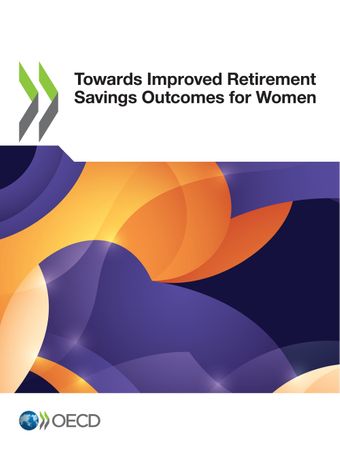Rethinking Retirement Savings
By Jason Fernandes, Janelle Orsi In this Commentary, we demonstrate that the rules governing retirement savings have been funneling tens of trillions of dollars into a narrow class of return-maximizing investments, including industries that have been driving inequality and widespread ecological destruction. The Employee Retirement Income Security Act of 1974 (ERISA), along with its state law analogs, directs trustees to seek the highest risk-adjusted return on plan assets, regardless of the consequences to workers, their communities, and the planet. American...









